Unlocking Fusion Energy: Can AI Make a Difference?
Written on
Understanding Fusion Energy
The concept of fusion energy represents the pinnacle of power generation. In essence, it involves using hydrogen to produce substantial energy, leaving helium as the only waste product. However, the practical implementation is far more intricate. The extreme temperatures, immense pressures, and chaotic conditions within a fusion reactor have made it notoriously challenging to engineer and simulate effectively. Although operational fusion reactors have existed for decades, none have succeeded in generating usable energy—until now. Recent advancements from DeepMind's AI technology may pave the way for significant breakthroughs in this field.
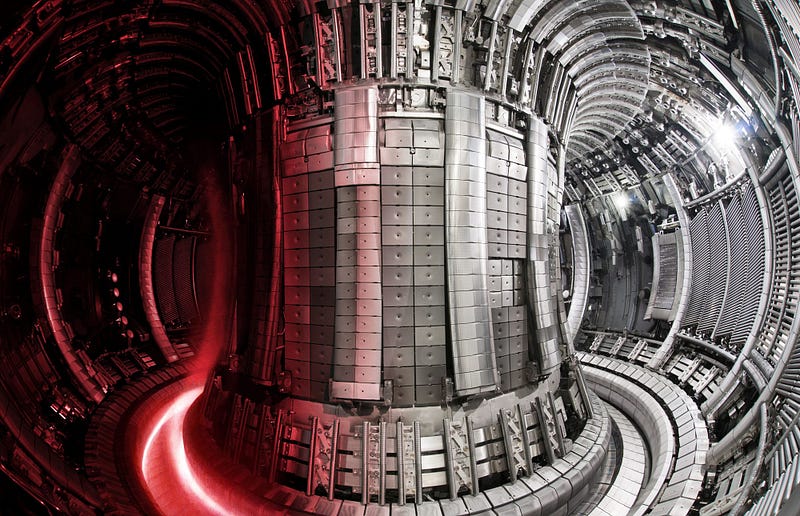
The Role of DeepMind's AI
Before delving into the capabilities of DeepMind’s AI, it’s essential to grasp how tokamak fusion reactors function. These reactors feature a toroidal (donut-shaped) design that employs superconducting electromagnets to heat and confine hydrogen plasma. When the hydrogen atoms achieve sufficient kinetic energy and pressure, they can fuse, forming helium and releasing a significant amount of energy. The goal is to create an efficient enough reactor that produces more energy than is consumed to initiate the reaction, thus providing a virtually limitless source of clean power.
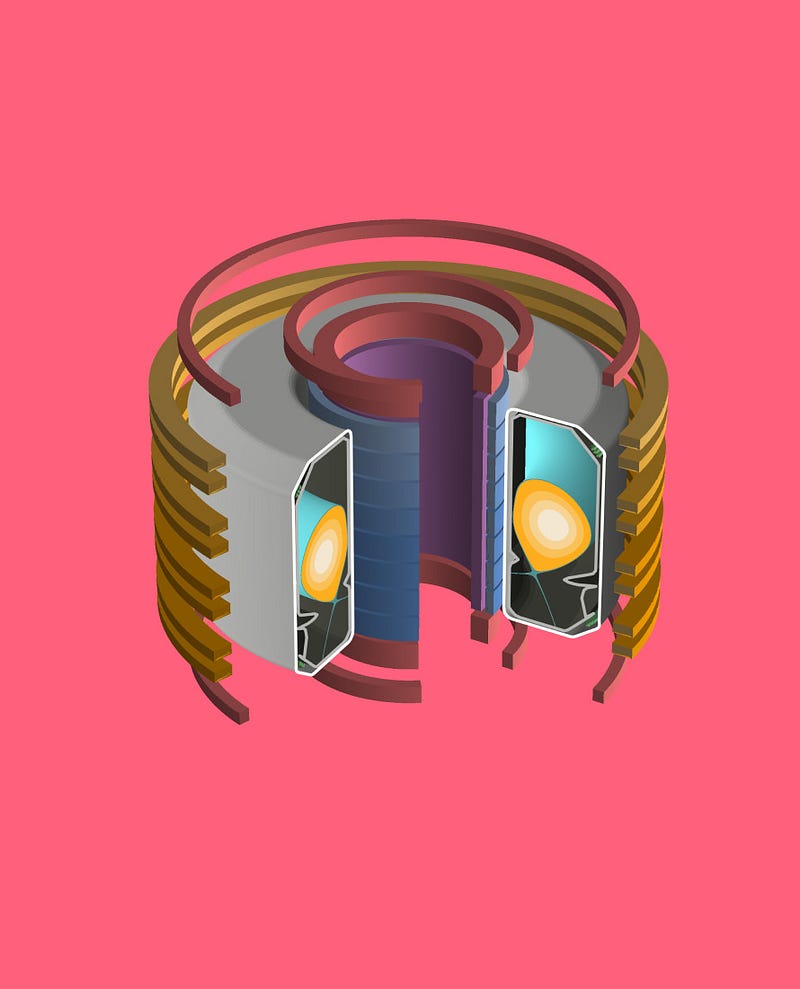
The Challenges of Plasma Management
Despite the seemingly straightforward theory, plasmas behave unpredictably and often defy expectations. This unpredictability leads to inefficiencies in the reactor. Additionally, maintaining heat within the plasma is crucial to sustaining the fusion reaction—if the plasma cools too quickly, the fusion process ceases, necessitating a restart, which consumes substantial energy. Currently, the energy required to initiate fusion exceeds the energy produced, prompting scientists to focus on mastering plasma management to achieve a net energy gain.
This task is exceptionally complex due to the chaotic and rapidly changing nature of the plasma. Researchers often find themselves managing the plasma without complete visibility, relying heavily on trial and error to optimize magnetic confinement and plasma stability.
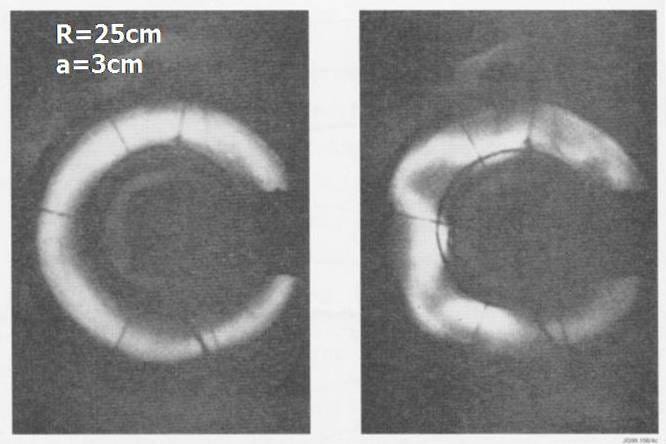
DeepMind’s Innovative Approach
After years of experimentation, scientists have developed some foundational techniques for managing plasma. However, to enhance energy retention and confinement efficiency, they seek to experiment with various plasma configurations. This endeavor introduces a new wave of trial and error, leading to delays in the progress of this transformative technology.
DeepMind's AI steps into this scenario with its deep reinforcement learning algorithm, which learns from previous fusion experiments. The AI can then optimize plasma management in real time. Collaborating with TCV, a smaller tokamak reactor, provided an excellent opportunity to apply this technology, as TCV was exploring new plasma shapes.
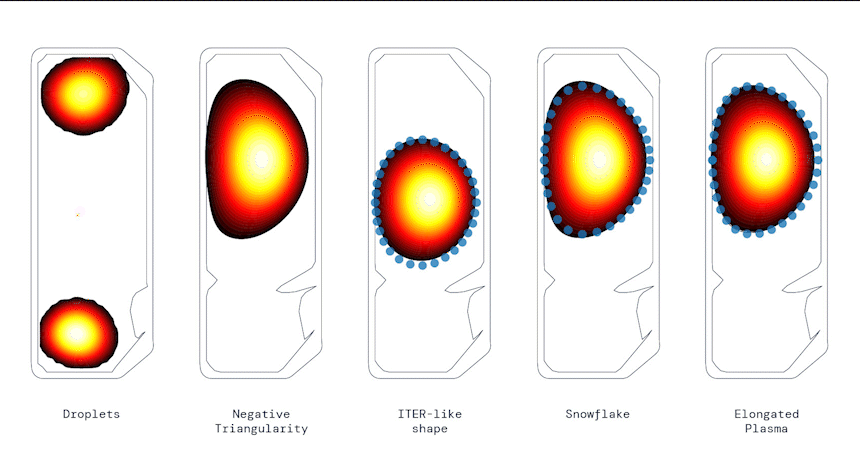
Real-World Applications and Limitations
In simulations, DeepMind's AI demonstrated the ability to create specific plasma shapes effectively. Following these encouraging results, TCV allowed the AI to manage plasma during actual reactions, where it proved capable in real-world scenarios.
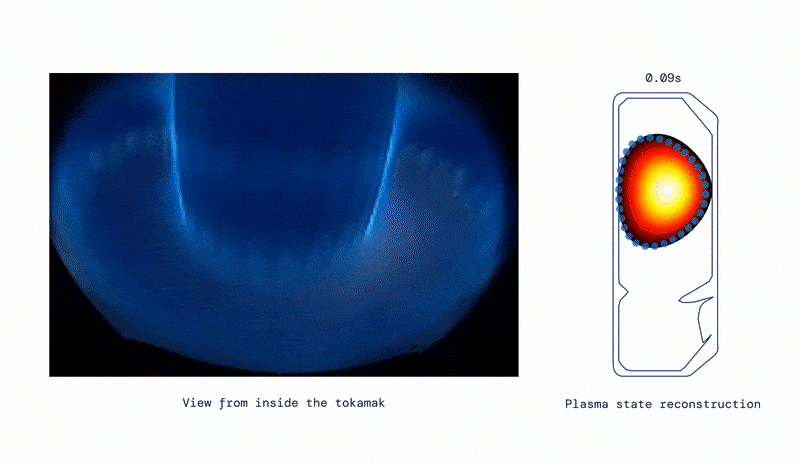
However, TCV's limitations mean it cannot function as a full-fledged fusion power plant. The reactor loses heat too quickly and struggles to maintain the 'burn' state. Even with optimal conditions, it will not yield usable energy. Nevertheless, TCV is crucial for advancing our understanding of tokamak reactors, which will benefit larger, more efficient reactors like ITER.
ITER, currently being constructed in France, is set to be the largest and most powerful tokamak to date. Its scale offers the potential for a net energy gain, but achieving this requires peak efficiency in plasma control. Typically, this would involve extensive trial and error, taking decades to refine.

The Future of Fusion Power
DeepMind's AI holds promise for applying insights gained from TCV to the future operation of ITER. While it will take time to train the AI for this new environment, the potential to quickly establish ideal confinement conditions is significant.
This advancement could allow ITER to achieve a net energy gain far more rapidly than traditional methods. Given the urgency of climate change, the prospect of realizing this groundbreaking technology sooner rather than later is essential.
In conclusion, while AI might not singularly unlock the potential of fusion power, it represents a critical step forward. As we continue to witness advancements in this field, the dream of harnessing fusion energy—an energy source that could revolutionize our planet—draws closer to reality. For the sake of our environment and future, let us hope these significant strides can unlock this ultimate power source.